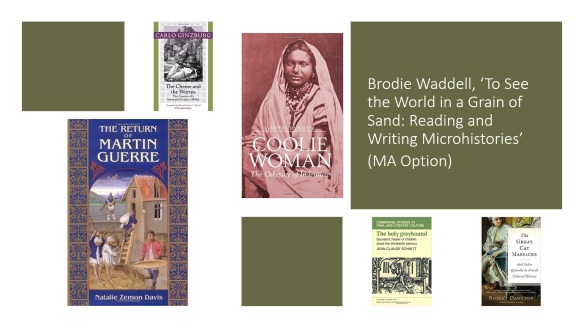Brodie Waddell
Amid yet another year of university strikes in the UK, the Higher Education Statistics Agency has released the latest data on staff and degrees granted. A couple of years ago, I used this data to try to get a sense of the job market for historians, so it seems like a good time to use the new figures to provide an update.
First, let’s take a look at what’s happening in the USA, where they are able to provide a more rigorous view of the job market because the American Historical Association tracks job advertisements and provides an annual report. In previous years, the AHA reports had been published with a Chart of Doom which showed the catastrophic collapse of job openings relative to degrees granted:

Advertised job openings and new history PhDs awarded: AHA Jobs Report 2021.
In their most recent report, from August 2022, they decided not to publish the Chart of Doom and instead have presented the information about job openings over a more short-term timescale, with more details about the types of jobs advertised. This is very useful information, though it does elide the massive drop in jobs that happened just before the chart starts in 2016-17. In the most recent year, 2021-22, they show ‘academic job listings did indeed rebound to levels above those seen immediately before the pandemic. This increase is not, however, a sign of renewed vitality but a partial return to the steady but dismal state of faculty job availability in the late 2010s.’ Continue reading






